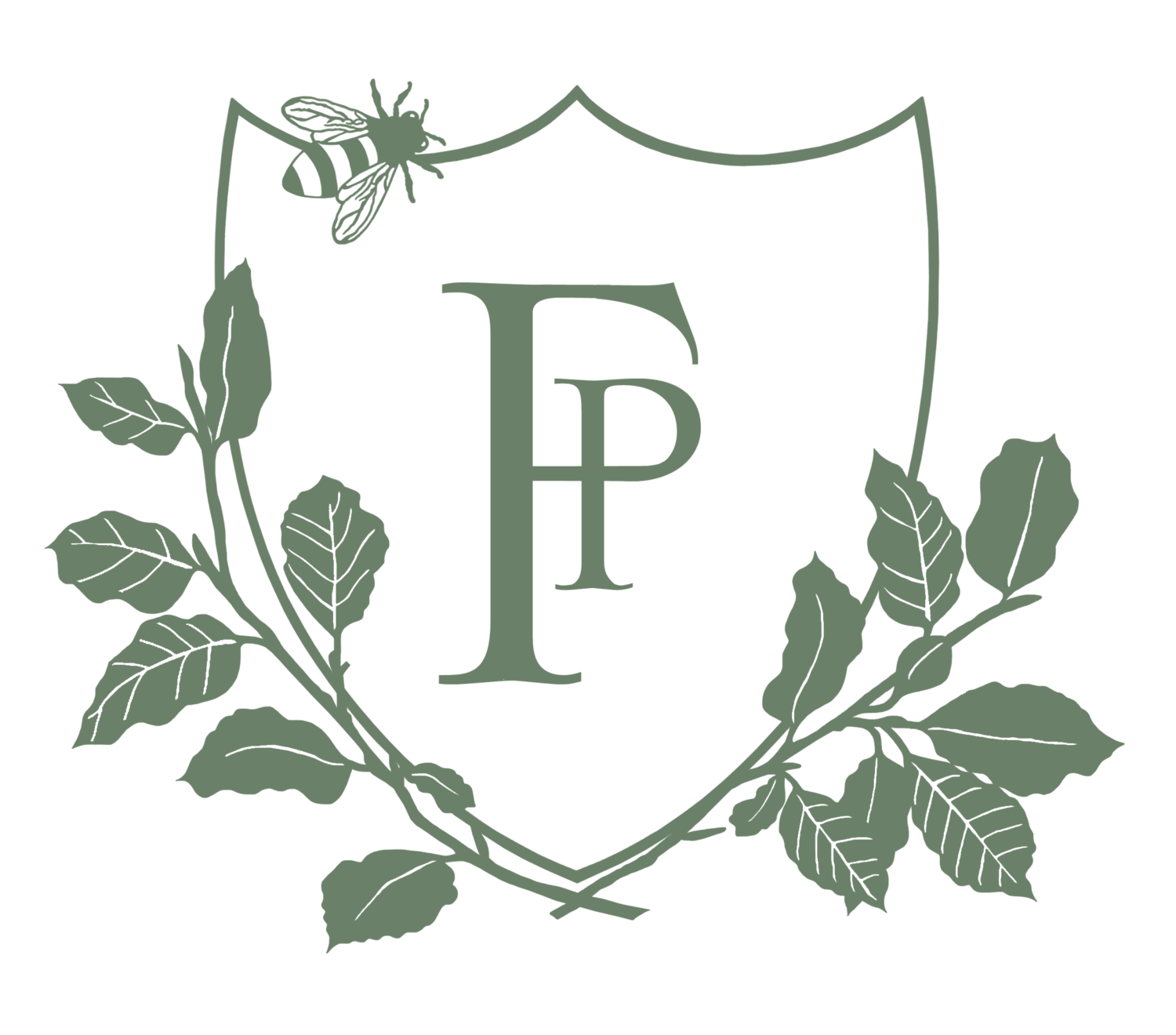
The Estate’s History
Findon Place is a stunning example of classical Georgian architecture. It has an extensive and rich history and is listed Grade II* due to its architectural and historical merit. There has been a dwelling on the site since 980 AD and is mentioned in the Doomsday book. The oldest part of the present house are the cellars, which were originally the base of the medieval house. The hard stone foundations, laid about 1200-1300, can be seen and a cut chalk and red mortar wall from before 1300.
There are few homes that can boast a heritage as illustrious as Findon Place. The roll call of its owners reads like a history textbook: from Harold II, who was defeated at the Battle of Hastings, to Thomas Cromwell, beheaded by Henry VIII for helping to arrange the king’s marriage to Anne of Cleves. The manor house was handed from one member of nobility to the next, often in quick succession, as people died or loans were repaid — at least twice the house was used to settle debts.
At the time of Edward the Confessor, the lands at Findon were in the possession of Harold, the last of the Saxon Kings, who was succeeded in the ownership of Findon (then called Fine-dune) by William de Braose, who as a kinsman of the Duke of Normandy is said to have received no fewer than forty gifts of property from William the Conqueror. At the time it equated to a 15,000 acre deer park, and today Findon Place sits comfortably within its historic parkland setting, surrounded by glorious gardens, which provide a high degree of privacy and protection.
Edward I stayed here in 1305, presumably as the guest of William de Broase’s widow Mary who was living at Findon in 1316. Findon Place stayed in the hands of the Braose family until 1317 when William de Broase gave the house to his daughter Aline and her husband John de Mowbray. The new family ownership of John de Mowbray was cut short as he was beheaded in York in 1322 after being part of the revolt against the Crown. The King granted a licence in 1324 to allow Aline, the ability to grant the manor to Hugh de Spenser.
Findon Place was then in the hands of the Crown from 1525 until in 1538, when Richard Rich obtained a licence and passed on the tenure to Thomas Cromwell. During Cromwell’s ownership, a larger house was constructed over the medieval foundations. There is still evidence of one of the grand chimneys between the present kitchen and the sitting room, which is now blocked off.
Edward Shelley - an ancestor of the poet Percy Bysshe Shelley- was passed the house in 1541 from Cromwell, and it remained in the Shelley family until 1604.
In 1651, it is also believed that Charles II also stayed at Findon on his way to Shoreham and then to France and freedom having been defeated at the Battle of Worcester. The Monarch’s Way is a 651 mile footpath that runs from Worcester via Bristol and Yeovil to Shoreham and can still be walked today.
Coming to later times we find Findon Place held by John Cheale, Norroy King of Arms in the reign of George II. It was soon after his arrival in 1787 that the house was restored, and the reception rooms rebuilt. After his death in 1801, the house was passed to his nephew William Green, a friend of the Prince of Wales - later George IV, who often visited Findon from The Royal Pavilion his home in Brighton, for the excellent shooting on the estate.
William Richardson bought the house in the late 18th Century who then sold to Lieutenant-Colonel William George Margesson in 1872. During the 1920s and 1930s Findon Place was let to the Savills and then to the Hartridges, who eventually bought it. During World War II, like a lot of other larger houses in the area both the British and Canadian armies occupied the house and we still have a few small reminders of this time around the Estate.
John Hartridge sold it to Keith Middlemas, who then sold it to John Young - a Formula 1 driver and car enthusiast. Now, for the first time in a long time the house is open for other people to enjoy. The house has been adapted for modern day living with a lightness of hand and has great balance between formal and informal spaces which makes it perfect to entertain in - from the grandest of parties and balls to the most intimate dinner parties for your closest family and friends.



















